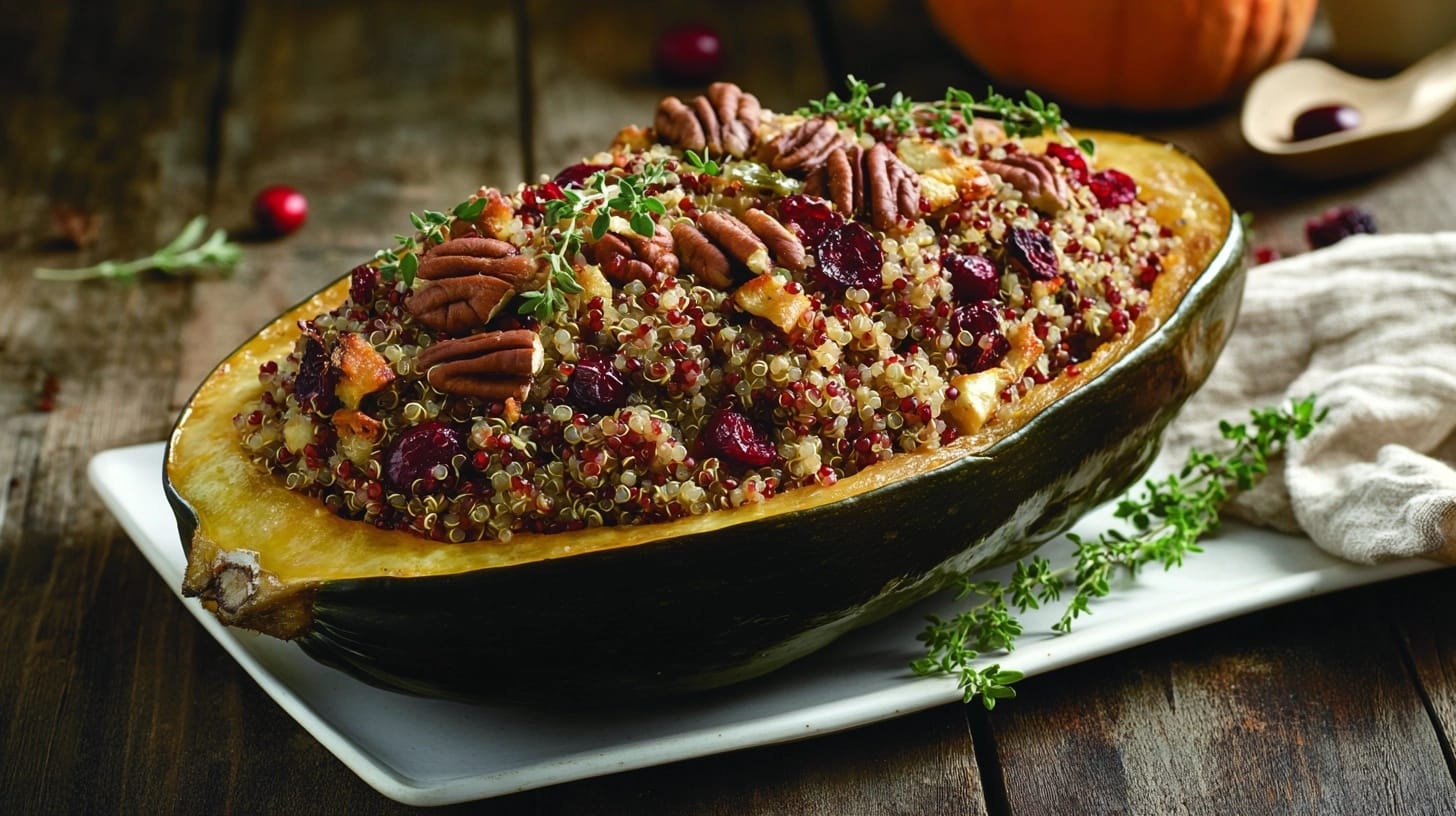Kabocha squash, commonly referred to as the “Japanese pumpkin,” has become a favorite among home cooks and professional chefs alike. Its vibrant orange flesh and slightly sweet, nutty flavor make it a versatile ingredient for a variety of recipes. However, one question often arises: When cooking kabocha squash, many ask: do you peel kabocha squash before cooking? The answer depends on the recipe and your preferences. Let’s explore everything you need to know about kabocha squash and whether its skin belongs on your plate or in the compost bin.
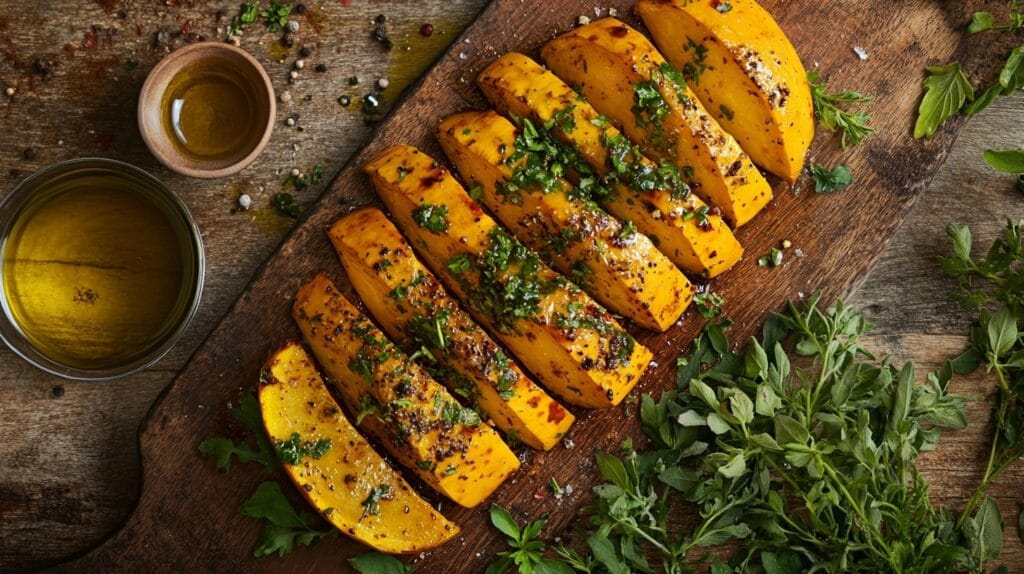
Is Kabocha Squash Skin Edible?
When faced with the thick, green, and bumpy skin of kabocha squash, it’s natural to wonder whether it’s edible. The short answer is yes, kabocha squash skin is entirely edible when cooked. However, whether or not you should eat it depends on your cooking method and personal taste. Unlike some thicker-skinned varieties like butternut or spaghetti squash, kabocha squash has a relatively thin skin that softens considerably when roasted or baked. This makes it an appealing option for those who prefer to skip the peeling process.
The texture of kabocha squash skin plays a significant role in deciding whether to leave it on. When roasted, the skin turns tender and melds beautifully with the creamy flesh, adding a subtle earthiness to the dish. On the other hand, if you’re preparing a smooth soup or a puree, you might find it better to peel the skin beforehand to achieve a consistent texture. Nevertheless, the skin adds a slight chewiness that many people enjoy, particularly in roasted or stuffed dishes.
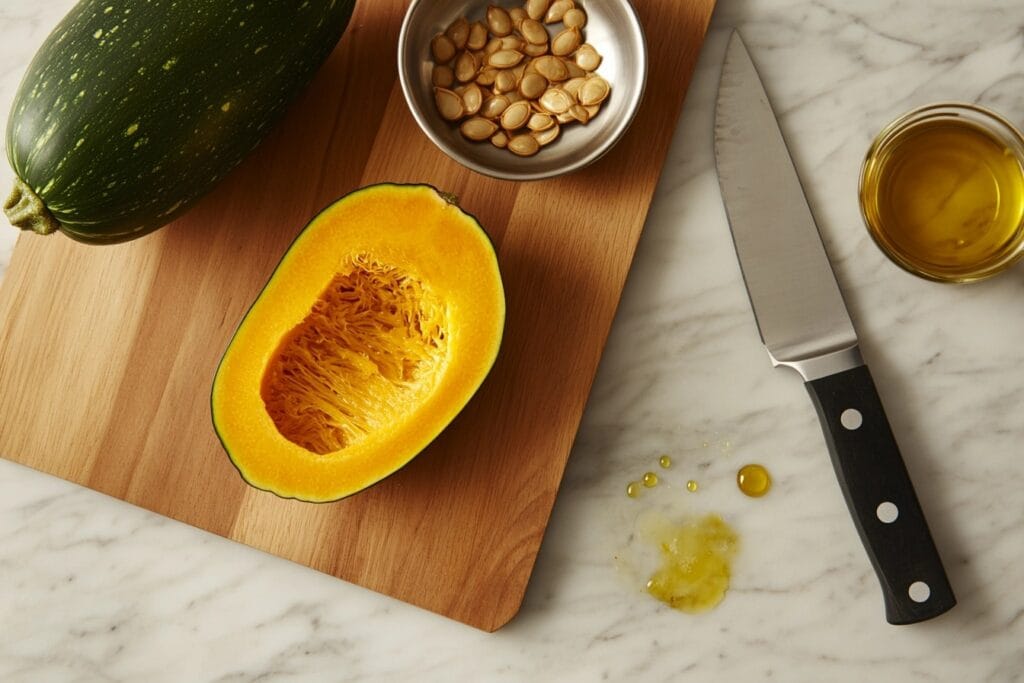
What Makes Kabocha Squash Unique?
Kabocha squash stands out not only for its flavor but also for its versatility and nutritional benefits. Its exterior may appear rugged, but its interior reveals a vibrant orange flesh packed with flavor and nutrients. This squash is a staple in Japanese cuisine, often used in soups, stews, and tempura. Its flavor is subtly sweet with a nutty undertone, often compared to a cross between sweet potato and pumpkin.
Nutritionally, kabocha squash is a powerhouse. It’s rich in vitamins A and C, providing essential antioxidants that support immune health and skin vitality. The skin itself contains dietary fiber, which aids digestion and helps maintain gut health. Eating kabocha squash with the skin on not only saves time but also reduces food waste while adding an extra dose of nutrients to your meal.
To Peel or Not to Peel? Key Considerations
When deciding, do you peel kabocha squash before cooking, several factors like texture, method, and preference come into play.. Here are some important factors to consider before you grab your peeler:
Cooking Method
The cooking method plays a crucial role in determining whether the skin stays on. If you’re roasting or baking kabocha squash, leaving the skin on is often the best choice. The high heat softens the skin, making it tender and flavorful. For soups, stews, or purees, however, peeling might be preferable to achieve a smooth consistency. Boiling or steaming the squash can leave the skin firmer, so peeling is generally recommended for these methods.
Texture Preference
The texture of kabocha squash skin is not as tough as some other winter squashes, but it’s not entirely without bite. Some people enjoy the slight chewiness it provides, while others prefer the smoother texture of peeled squash. Experimenting with both options is the best way to discover your preference.
Wax Coating
If you’re wondering, do you peel kabocha squash before cooking, the answer depends on your recipe and cooking method. For example, leaving the skin on saves time and adds nutrition, especially in roasted dishes. However, if your goal is to prepare a creamy soup or puree, you might ask yourself again, do you peel kabocha squash before cooking? In such cases, peeling ensures a smoother texture that blends perfectly. Ultimately, whether you need to peel kabocha squash before cooking comes down to personal preference, but experimenting with both methods can help you decide which works best for your favorite recipes.
Cooking Methods for Kabocha Squash: Skin On or Off?
Your choice of cooking method directly impacts whether peeling is necessary. Below are some popular techniques and how the skin performs in each:
Roasting is one of the easiest and most flavorful ways to cook kabocha squash. In particular, leaving the skin on not only saves time but also enhances the dish’s texture and visual appeal. As it roasts, the skin softens beautifully, creating a delightful contrast to the sweet, caramelized flesh. To prepare it for roasting, simply cut the squash into wedges, drizzle them with olive oil, and sprinkle with salt and your favorite seasonings. Then, roast the wedges at 400°F (200°C) for about 25–30 minutes, flipping them halfway through to ensure even cooking. The result? A dish that’s simple, delicious, and perfect as a side or snack.
Roasting
Baking
For stuffed kabocha squash recipes, baking is the go-to method. This is because the skin acts as a natural bowl, securely holding the filling while becoming tender and flavorful during the baking process. In addition, the skin’s firmness makes it an excellent choice for presenting beautifully crafted dishes. As a result, stuffed kabocha squash is perfect for holiday meals, dinner parties, or any occasion where you want to impress. Not only does it look stunning, but the combination of textures and flavors also ensures a dish that’s as delicious as it is visually appealing.
Steaming or Boiling
Steaming or boiling kabocha squash is ideal for recipes like soups, stews, or mashes. In such cases, peeling the skin might be more practical to achieve a smooth and uniform texture. However, if you decide to leave the skin on, keep in mind that it will remain slightly firmer compared to the tender flesh. As a result, the texture might vary, which can add a bit of contrast to your dish. Ultimately, whether to peel or not depends on your desired outcome and the specific recipe you’re preparing.
Soups and Purees
For creamy soups or purees, peeling is highly recommended. This is because the skin doesn’t blend as smoothly as the flesh, which can result in an uneven texture. To achieve the best results, peel the squash and roast it beforehand to enhance its natural sweetness. Once roasted, blend the tender flesh with broth, coconut milk, and spices to create a silky, velvety kabocha squash soup. By following this method, you’ll ensure a smooth and luxurious consistency that’s perfect for comforting meals or elegant presentations.
Recipe Spotlight: Roasted Kabocha Squash Wedges
Here’s a simple and delicious recipe to highlight the versatility of kabocha squash:
| Ingredients | Amount |
|---|---|
| Kabocha squash (medium size) | 1 |
| Olive oil | 2 tbsp |
| Garlic powder | 1 tsp |
| Paprika | 1 tsp |
| Salt | 1/2 tsp |
| Black pepper | 1/4 tsp |
- Preheat your oven to 400°F (200°C).
- Wash the squash thoroughly and cut it into wedges, leaving the skin on.
- Toss the wedges with olive oil and seasonings.
- Arrange on a baking sheet and roast for 25–30 minutes, flipping halfway through.
- Serve as a side dish or snack.
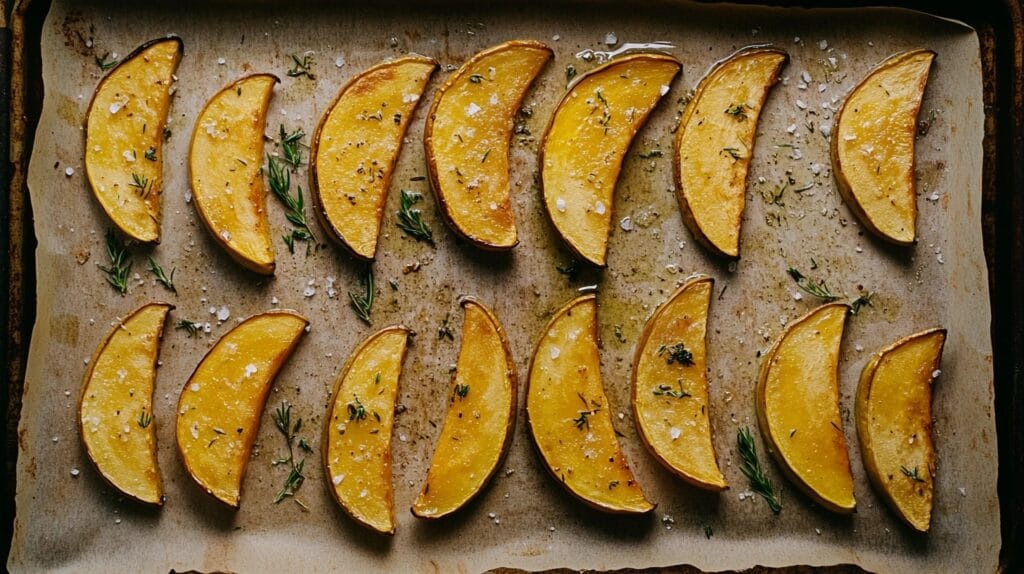
Comparing Kabocha to Other Winter Squash Varieties
Kabocha squash isn’t the only winter squash with edible skin. In fact, many winter squash varieties offer unique textures and flavors that make them stand out in different recipes. By comparing kabocha squash to others, you can better understand its advantages and decide how to incorporate it into your meals. For instance, delicata squash is known for its ultra-tender skin, while butternut squash typically requires peeling due to its tough exterior. Ultimately, understanding these differences can help you make the best choice for your recipes and cooking methods.
| Squash Type | Skin Texture | Edible? | Best Cooking Method |
|---|---|---|---|
| Kabocha | Thin, slightly chewy | Yes | Roasting, baking |
| Acorn | Thin, tender when cooked | Yes | Roasting, steaming |
| Butternut | Thick, tough | No | Peeling before cooking |
| Delicata | Thin, very tender | Yes | Roasting, frying |
| Spaghetti | Thick, inedible | No | Peeling recommended |
While kabocha’s skin is less tender than delicata, it is, nevertheless, significantly more palatable than the tough outer layers of butternut or spaghetti squash. In other words, it strikes a great balance between texture and usability. For this reason, it becomes a versatile option for various recipes, whether they require peeled or unpeeled squash. Moreover, its adaptability allows it to shine in everything from hearty soups to roasted side dishes. As a result, kabocha squash offers the perfect middle ground for those seeking convenience without sacrificing taste or texture. Ultimately, its flexibility in preparation makes it a favorite among home cooks and chefs alike.
Health Benefits of Eating Kabocha Squash Skin
Leaving the skin on your kabocha squash isn’t just a time-saver—it’s also a nutritional powerhouse. First and foremost, the skin is rich in dietary fiber, which aids digestion and helps regulate blood sugar levels. Furthermore, it contains powerful antioxidants like beta-carotene, which not only support immune function but also promote skin health. Additionally, eating the skin helps reduce food waste, making it an environmentally friendly and sustainable choice.
For individuals who follow vegan or vegetarian diets, kabocha squash skin provides an effortless way to increase nutrient intake. Not only that, but its high fiber content contributes to feelings of fullness, making meals more satisfying and wholesome. As a result, leaving the skin on offers multiple benefits that go beyond convenience. Ultimately, it’s a simple way to enhance both the nutritional value and environmental impact of your meals.
Debunking Myths About Squash Skins
Several myths surround the edibility of squash skins. Let’s set the record straight:
- Myth: All squash skins are tough and inedible.
Reality: Many varieties, including kabocha and delicata, have tender, edible skins when cooked. - Myth: Eating squash skin makes the dish bitter.
Reality: Kabocha squash skin has a mild, slightly earthy flavor that complements its sweet flesh. - Myth: Peeling is always necessary for cooking.
Reality: Cooking methods like roasting and baking often eliminate the need for peeling.
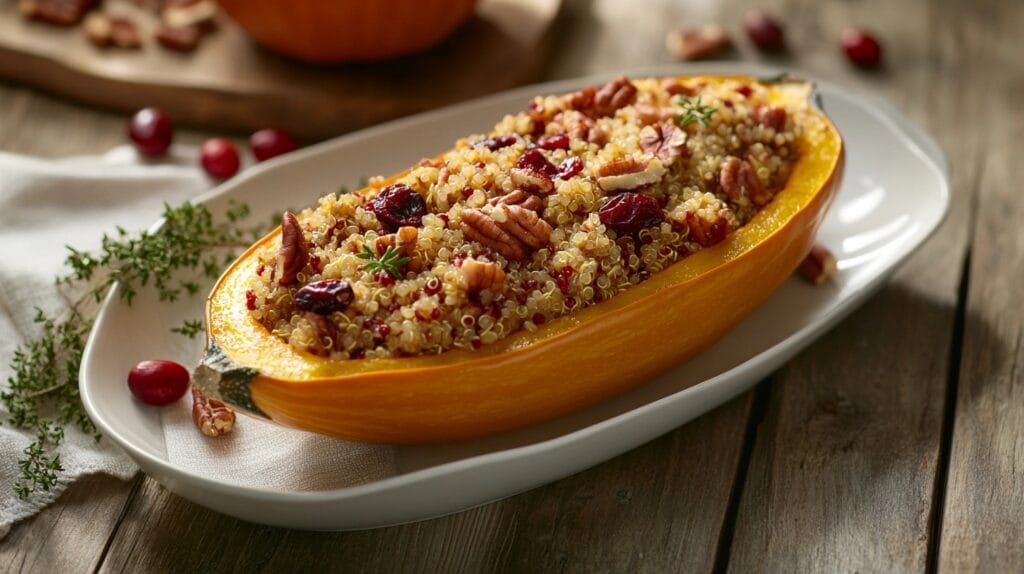
Delicious Kabocha Squash Recipes to Try
Ready to experiment with kabocha squash? Here are some mouthwatering ideas to inspire your next meal:
- Stuffed Kabocha Squash: Hollow out the squash and fill it with a mixture of quinoa, cranberries, and pecans. Bake until the skin is tender.
- Kabocha Squash Soup: Peel and roast the squash, then blend with coconut milk and spices for a creamy, comforting soup.
- Roasted Kabocha and Sweet Potatoes: Combine kabocha squash wedges with sweet potato chunks, olive oil, and seasonings for a colorful side dish.
For more inspiration, explore versatile root vegetables like sweet potatoes and squash.
FAQs
1. Do I have to peel kabocha squash?
No, you don’t have to peel kabocha squash. Its thin, edible skin becomes tender when cooked, especially if roasted or baked. However, if you’re making soups, purees, or dishes requiring a smooth texture, peeling the squash might be preferable.
2. Is the rind of kabocha squash edible?
Yes, the rind of kabocha squash is completely edible when cooked. It softens significantly during roasting, baking, or steaming and adds a mild, earthy flavor to dishes. Ensure you wash the squash thoroughly before cooking.
3. Can you eat the outside of kabocha squash?
Yes, you can eat the outside of kabocha squash. The outer skin is safe to consume and provides additional fiber and nutrients. Cooking methods like roasting or baking enhance the texture and make it more palatable.
4. How do you know when kabocha squash is ready to eat?
A kabocha squash is ready to eat when its flesh is tender, creamy, and slightly sweet. But do you peel kabocha squash before cooking it? That depends on your method. Cooking kabocha squash thoroughly—whether roasting, steaming, or baking—ensures the best texture and flavor. If purchasing raw squash, and you’re wondering, do you peel kabocha squash before cooking, look for one with a firm, blemish-free rind and a heavy feel for its size to decide if peeling is necessary based on your recipe.
Conclusion
So, do you peel kabocha squash before cooking? In the end, it’s up to you and your recipe. For example, leaving the skin on saves time, adds nutrition, and enhances texture, especially in roasted or baked dishes. On the contrary, peeling might be necessary for soups, mashes, or recipes requiring a smoother texture. As a result, the decision depends on your desired outcome. Ultimately, the next time you cook kabocha squash, embrace the opportunity to experiment. Whether you decide to peel it or not, this versatile winter squash is sure to add warmth and flavor to your table.

